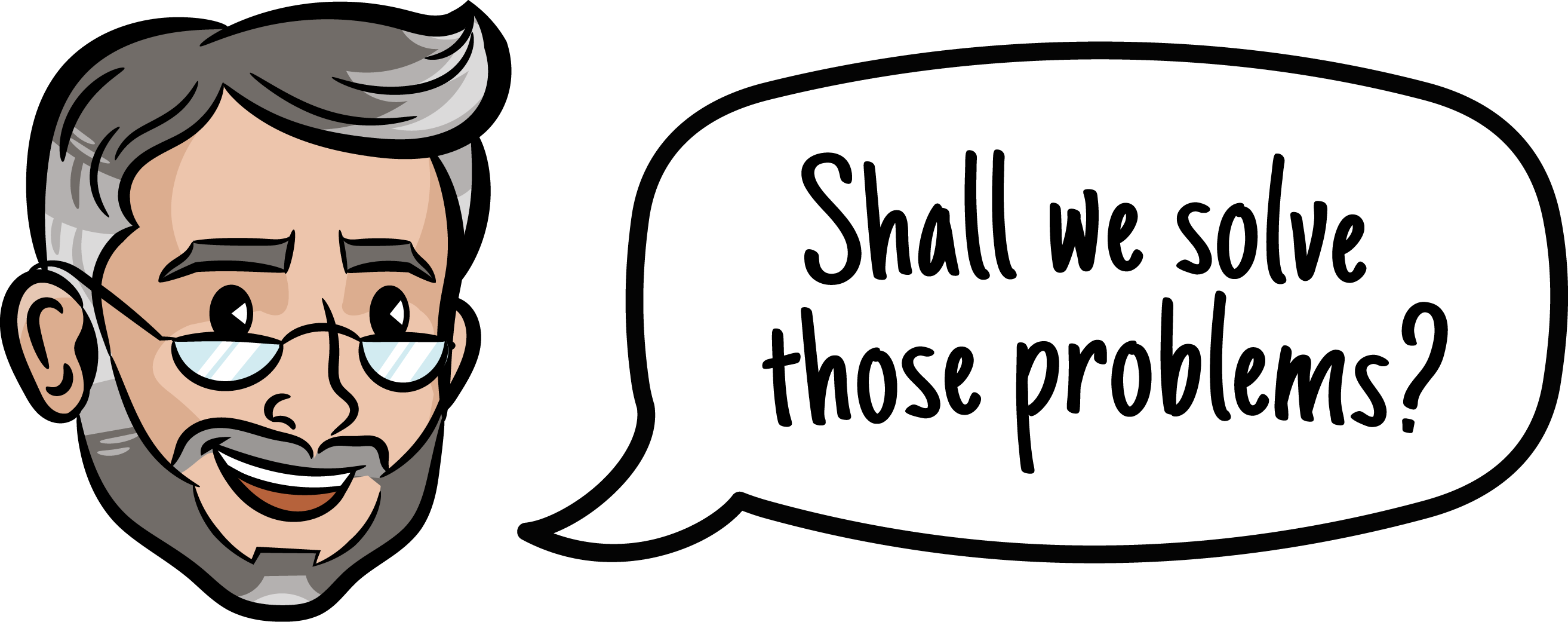In B2B marketing, guiding potential buyers through a structured process is crucial to success. The B2B marketing funnel plays a key role in this by mapping out the customer journey from the first point of contact to the final purchase. Understanding the structure and components of this funnel is essential for creating effective strategies that engage leads and turn them into long-term clients. This article will define what a B2B marketing funnel is, outline its key components, and explain how it differs from B2C funnels.
Definition and Overview of B2B Marketing Funnels
The B2B marketing funnel is a visual model that represents the steps a potential buyer goes through before making a purchasing decision. It breaks down the entire journey into stages, helping marketers understand how to engage with prospects at each point of the buying process. Understanding key sales metrics is essential in B2B marketing, and knowing the OTE meaning—the expected earnings when performance targets are met—can help businesses set realistic compensation structures that drive success.
The funnel starts with the awareness stage, where potential customers first discover your business. As leads move through the funnel, they reach the interest stage, where they start interacting with your content or product information. After that, they move into consideration, intent, evaluation, and finally, the decision stage, where they decide to become a paying customer. Each stage narrows down the pool of prospects, hence the funnel shape.
A unique challenge in B2B funnels is engaging with the Gatekeeper. This term refers to individuals who control access to key decision-makers within an organization. Successfully navigating gatekeepers can be critical in moving leads from the consideration stage to the evaluation and decision stages. Developing tailored messaging and building trust with gatekeepers helps ensure that your message reaches the right stakeholders.
In B2B marketing, the funnel is often longer and more complex than in B2C marketing due to higher stakes, longer decision-making processes, and multiple stakeholders involved in the purchasing decision. By breaking down the journey into clear stages, businesses can tailor their approach to nurture leads at each phase. Learn how the Sales Funnel Professor can help you with your ABM funnel.
Defining B2B Marketing Funnels
A B2B marketing funnel is a framework designed to capture and guide business prospects through their purchasing journey. Unlike B2C marketing, where decisions are often emotional and impulsive, B2B buyers require a lot more information and trust-building. They conduct extensive research, evaluate options, and involve multiple decision-makers before making a purchase.
The funnel begins at the top with a wide pool of potential leads who are just becoming aware of a problem or need. These leads are gradually filtered down as they gather more information, show interest, and eventually become sales-qualified leads. Each step in the B2B marketing funnel requires specific tactics, such as content marketing, lead nurturing, and sales engagement, to move the prospect forward.
The ultimate goal of the funnel is to create a seamless path that turns cold prospects into loyal clients by addressing their specific needs at each stage of their buying journey. It’s important to understand your ICP meaning when you’re getting started, as it helps you identify and target the right customers effectively. If you are looking for a CMO put can’t afford a full time hire Sales Funnel Professor’s CMO service provides the expert leadership of a CMO at a fraction of the cost of a full-time hire.
Key Components of the B2B Marketing Funnel
Every B2B marketing funnel consists of several key stages, each with its own function in moving leads through the buyer’s journey. While the exact number of stages can vary, the core components remain largely the same:
Awareness
The awareness stage is where prospects first discover your brand, usually through content marketing, SEO, social media, or paid ads. The goal is to capture the attention of potential leads and make them aware of their problem or how your product can solve it.
Interest
Once a prospect is aware of your business, they move into the interest stage, where they begin actively engaging with your content. They might read blog posts, download whitepapers, or attend webinars to gather more information about how your product or service can benefit them.
Consideration
At the consideration stage, prospects are evaluating different options and comparing solutions. This is where product demos, case studies, and testimonials become important. The aim is to show prospects why your solution is the best fit for their needs.
Intent
The intent stage signals that prospects are close to making a decision. At this point, they are showing clear buying signals, such as requesting a quote, signing up for a free trial, or talking directly with your sales team.
If you’re using a PLG (PLG Meaning) strategy, this is where offering a freemium model or hands-on access to your product can do much of the selling for you. Allowing users to explore key features independently helps accelerate trust and decision-making.
Evaluation
Before making a final decision, prospects often go through a more formal evaluation process. They might present your solution to other stakeholders, review pricing, and clarify terms. During this stage, it’s crucial to be responsive and address any concerns.
Decision
The decision stage is where the prospect becomes a customer. After evaluating all options, they make the final purchase. However, the funnel doesn’t end here. Post-sale engagement is key to maintaining long-term relationships and encouraging repeat business.
How B2B Funnels Differ from B2C Funnels
While both B2B and B2C funnels share similarities, there are significant differences in how they function. The B2B marketing funnel is more complex due to longer sales cycles, higher-value transactions, and the involvement of multiple decision-makers.
In B2C funnels, the buyer’s journey is often faster and driven by emotional triggers. Purchases in B2C are typically more transactional, with fewer stakeholders involved. For instance, a consumer might see an ad for a product, click to purchase, and complete the transaction within minutes. In contrast, a B2B buyer might take weeks or even months to research and evaluate different vendors before making a decision.
B2B funnels also focus heavily on relationship-building. B2B buyers need trust and confidence in their decision, as purchasing decisions often involve significant investments and long-term commitments. As a result, B2B marketers must deliver highly personalized content, engage with prospects over time, and provide detailed solutions that address specific business challenges.
Another key difference is the level of customization required. B2B buyers often need custom solutions tailored to their business needs, making the sales process more consultative than transactional. Having trouble with your funnel? why not make use of sales funnel expert to fix your funnel.
The Role of Funnels in B2B Marketing Strategies
The B2B marketing funnel is a fundamental component of any successful B2B marketing strategy. It provides a clear roadmap for guiding prospects through the buyer’s journey and ensures that marketing efforts are aligned with the needs of potential clients at every stage.
By using a structured funnel, B2B marketers can create targeted campaigns that engage leads at the right time with the right message. For example, prospects in the awareness stage are typically looking for educational content, so offering them a whitepaper or blog post that addresses their pain points can be highly effective. On the other hand, leads in the decision stage need case studies, product demos, or pricing information to help them make their final decision.
A well-structured B2B sales funnel also helps align sales and marketing teams. Marketing can focus on generating and nurturing leads, while sales can prioritize engaging with leads that are closer to making a purchase. This alignment ensures a smoother transition from lead generation to conversion and improves overall efficiency.
Optimizing each stage of the B2B marketing funnel is essential for driving better results. This includes regularly analyzing performance metrics, refining content, and adjusting strategies based on how leads are progressing through the funnel. Sales Funnel Professor offers Head of Growth Services designed to accelerate business growth through a comprehensive, hands-on approach. This service is ideal for finance, technical, and product-led companies seeking to enhance their go-to-market strategies without the immediate need for full-time executive hires.
Conclusion
Understanding the structure and components of a B2B marketing funnel is vital for developing effective marketing strategies. By clearly defining the stages and tailoring marketing efforts to address each phase of the buyer’s journey, businesses can significantly improve their ability to attract, nurture, and convert leads.
For those looking to master the intricacies of funnel-building, the Sales Funnel Professor offers a comprehensive Sales Funnel Course. This course provides in-depth training on each stage of the B2B funnel and how to optimize them for maximum returns.
By distinguishing the differences between B2B and B2C funnels and applying best practices, businesses can enhance their strategic planning and ultimately drive greater success in their marketing efforts. Find out how a Sales Funnel Consultant can help you with your Funnel.
Useful Blogs from Sales Funnel Professor
- Salesloft Alternatives: Top Sales Engagement Platforms
A strategic comparison of leading sales engagement tools to streamline outreach and drive predictable revenue. - Customer Data Segmentation for Revenue Growth
Learn how effective segmentation unlocks smarter targeting, better personalization, and stronger ROI. - Building a Winning Fitness Marketing Strategy
Explore proven strategies for growing fitness businesses through digital campaigns and lead generation. - Marketing Terminology for Business Leaders
Master the essential marketing vocabulary to align teams, improve reporting, and accelerate growth. - Sales Quota Setting: Aligning Goals with Growth
Discover how to design effective sales quotas that motivate your team and support long-term revenue goals. - Need a Sales Funnel Icon?
Simplify your sales process with the sales funnel icon. Align teams, boost clarity, and make smarter decisions fast. - What is ICP? A Guide to Creating Your Ideal Customer Profile
In this strategic guide, we unpack the true meaning of the Ideal Customer Profile (ICP)


